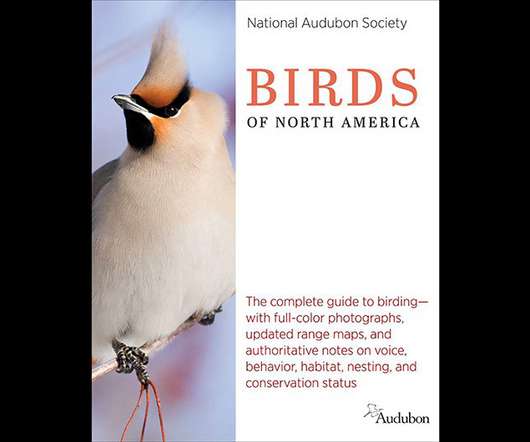Licking Clay: the Macaws of Tambopata, Peru
10,000 Birds
MARCH 18, 2011
UNLESS that is you get yourself down to the internationally-renowned Tambopata Research Centre in southern Peru where literally hundreds of macaws (and other parrots) congregate around a 50 meter high clay bank. That’s right – birds eating clay.












Let's personalize your content